It’s known as the workhorse of nutrients for corn and soybeans. It is responsible for cell division, root growth, photosynthesis and energy production. Phosphorus is essential for not only vigorous growth but also the development of reproductive parts and seed formation. Adequate phosphorus in plants also enhances crop maturity, particularly in grain crops like, corn[…]
Read MoreDid you know that soybeans have a higher requirement for nitrogen than corn does per bushel??? Soybeans require five pounds of nitrogen per one bushel of yield. An 80 bu/ac soybean crop requires 400 lbs of nitrogen per acre, 50 to 80% of that nitrogen comes from the nitrogen produced by the nodules that colonize[…]
Read MoreWhat is the nutrient in corn and soybeans that is: -the largest single driver of yield -needed in the largest quantity -has more impact on yield than other nutrient? That nutrient would be nitrogen. What is nitrogen? Nitrogen is the most abundant element in our atmosphere, making up 78% of the atmosphere with oxygen at[…]
Read More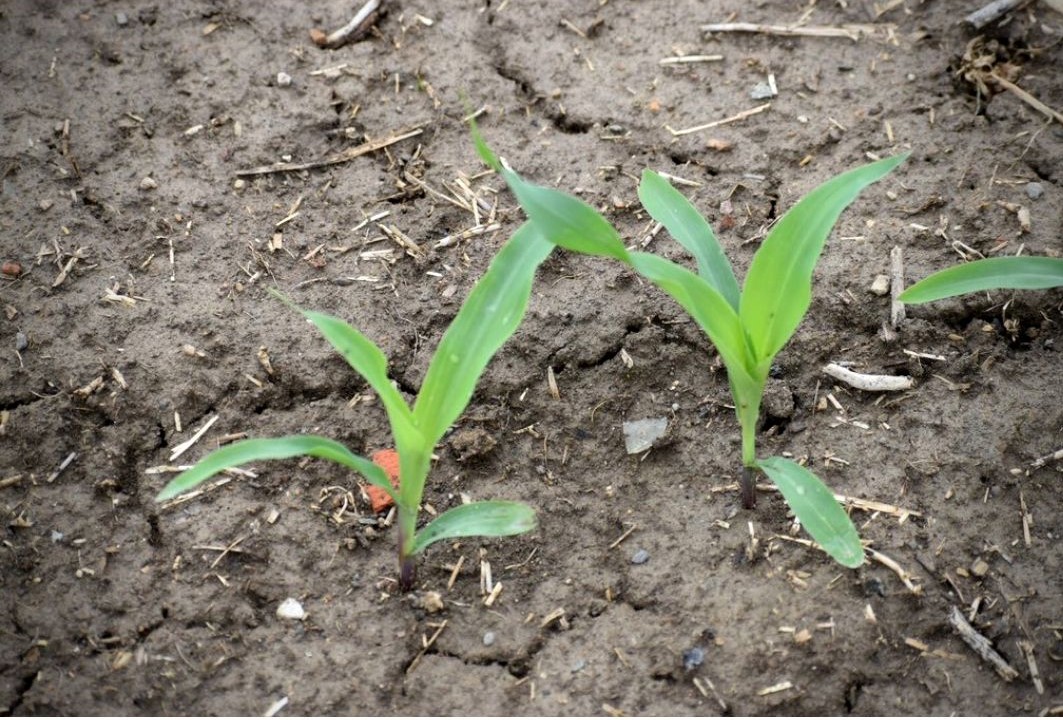
According to Gregg Adams, President and Co-owner of B&A Genetics, the tallest plants in a field are the first ones to emerge and they always produce the largest ears. Any plant that emerges later is usually one or more leaves behind and is something we call “runt pigs.” Like all “runt pigs,” late emerging plants[…]
Read More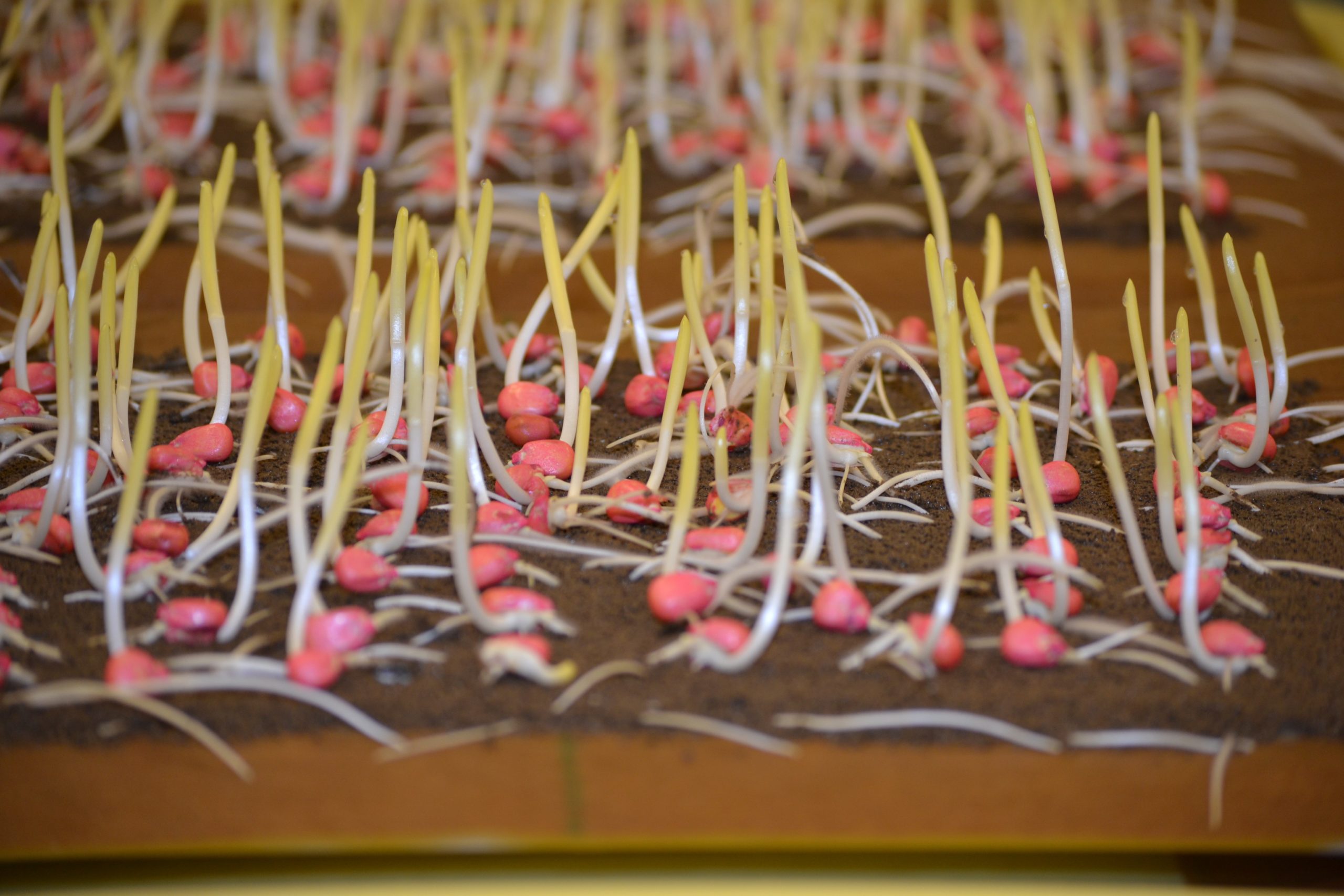
It happens almost every year, we have great planting conditions for 4-5 days, then a cold-wet period happens. The ground becomes saturated, the temperature drops, and you worry about your corn coming up. Warm germination All seed in the industry is tagged with a warm germination, a lot of seed will test 90-95% germination (warm[…]
Read More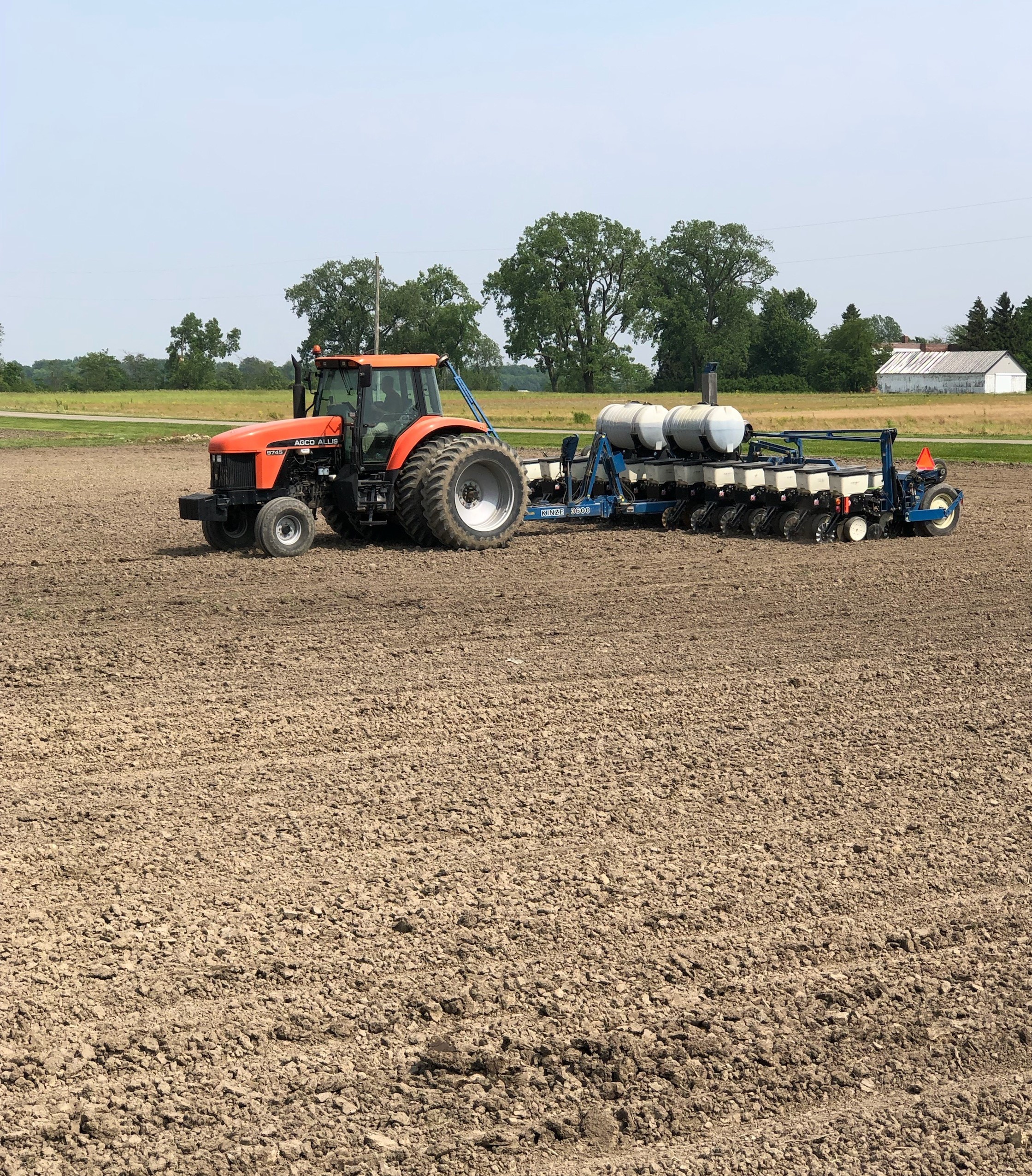
What are some ways farmers can get ready for the spring? First off, most farmers have already started bringing their planters, tractors and field cultivators into their shop for pre-season mainentence. If you haven’t started this process, it’s time to do so. Secondly, farmers need to start thinking about, or getting ready to apply spring[…]
Read More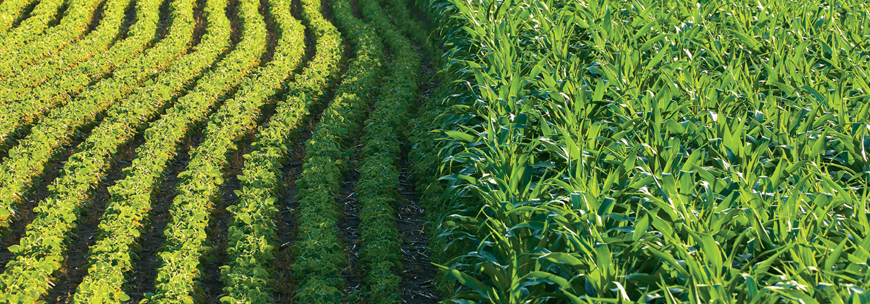
Why is Sulfur important? Sulfur is an important nutrient in corn and soybean production as it aids protein and amino acid formation in the plant. In the past, sulfur was supplied by “acid” or high sulfur rain around the Midwest, from power plants and other sources. However, atmospheric sulfur has been reduced due to the reduction[…]
Read More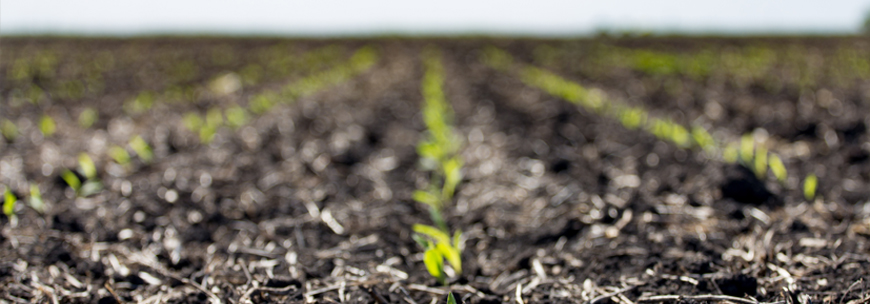
This spring has been long and complicated. Some areas have seen a few windows of opportunity to apply pre-plant anhydrous ammonia and spray herbicides—and even plant a few fields. The priority now is to get seed in the ground, and at this point, pre-plant anhydrous ammonia is almost not an option with the recommended waiting[…]
Read More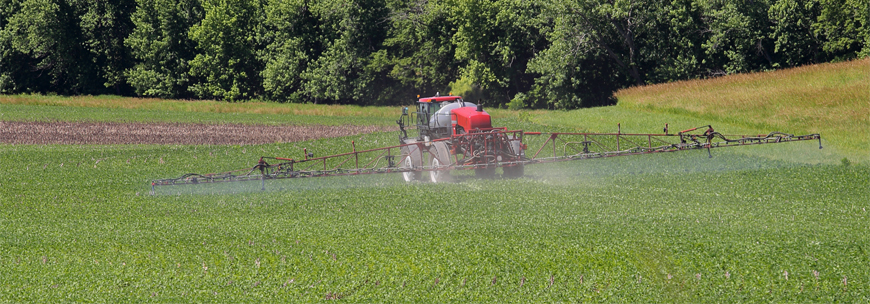
As we approach mid-May, most areas are just starting to dry off after an extended period of wet weather. Since April 15, there has been roughly a total of two days in which conditions allowed growers work in the fields. Little to no burn down herbicides have been applied, and most fields show signs of weeds starting[…]
Read More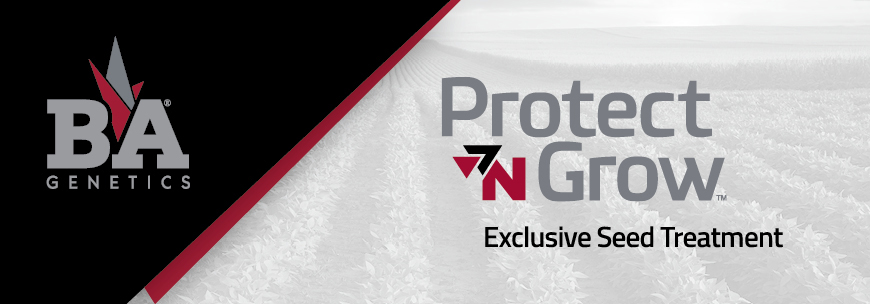
This year, a majority of corn and soybean planting has taken place during May. Along with rising soil temperatures comes rising weed and insect growth. This is why treating your seed to protect your investment is so important. Our exclusive Protect ‘N Grow seed treatment options for corn and soybeans offer layers of protection[…]
Read More
